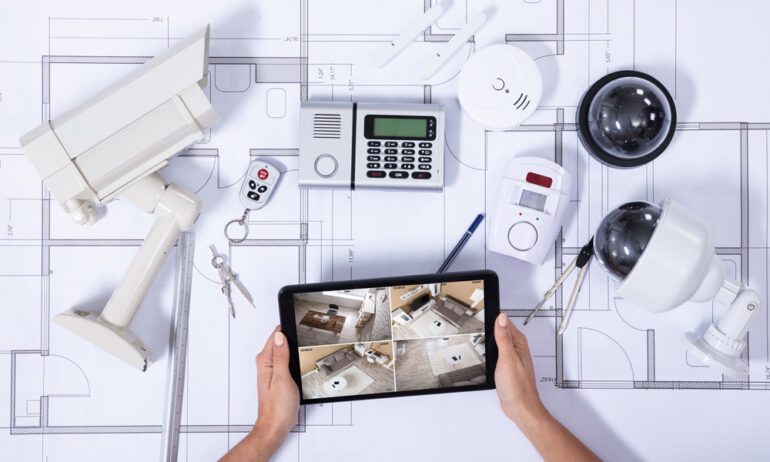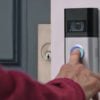Security systems have changed a lot recently. In the past, you would need to sign a long-term contract with a security company to install your system and provide professional monitoring for you. Now, you can buy a smart home security kit, install it yourself, and keep an eye on your home when you’re away. However, do these DIY kits really provide the same level of protection? Here’s everything you need to know about traditional alarm systems vs new smart home security kits and which one you should choose for your home.
What is a Traditional Alarm System?
There are many types of traditional alarm systems, from local alert systems to professionally monitored systems with 24/7 video surveillance. The one thing that all traditional alarm systems have in common is you have to buy them and get them installed by a security company.
What is a Smart Home Security System?
A smart home security system is comprised of different devices connected via WiFi, including smart cameras, smart locks, video doorbells, smart smoke detectors, and all types of smart sensors. Compared to traditional alarm systems, smart home devices are usually cheaper, easier to install, and can all be controlled from your smartphone.
Smart Home Security Vs Traditional: Alerts
Traditional alarm systems are usually installed with sensors on your windows and doors that will trigger an alarm whenever someone tries to break in. This type of “local alert system” usually uses a loud siren to scare off burglars and get your neighbors’ attention. However, you might not know what triggered your alarm if you are away from home at the time.
With smart home security systems, you also get similar window and door sensors, as well as many other types of smart sensors you can add on at any time. But the advantage of smart home security is that you’ll automatically receive an alert on your smartphone the moment your alarm is triggered.
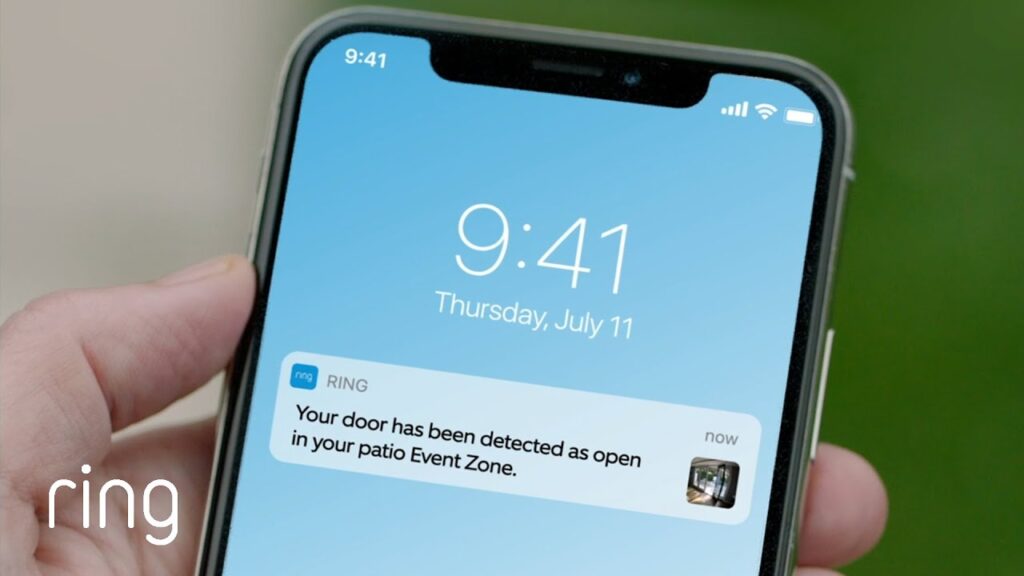
These notifications show you exactly when your alarm was triggered and which sensor triggered the event. Depending on your setup, you might also be able to watch a video of the event and even talk to the intruder in real-time.
Smart Home Security Vs Traditional: Remote Monitoring
With most traditional alarm systems, you won’t have any idea what triggered an alarm until after the threat is gone. Even if you pay for professional monitoring, you might only receive a call to inform you that an alarm has been triggered. In most cases, they won’t be able to tell you exactly what triggered the alarm.
On the other hand, most smart cameras and video doorbells have motion and sound detectors built in. That way, you’ll get an alert whenever someone steps foot on your property. Then you can see a live view of your home, so you can stop intruders before they even break in.
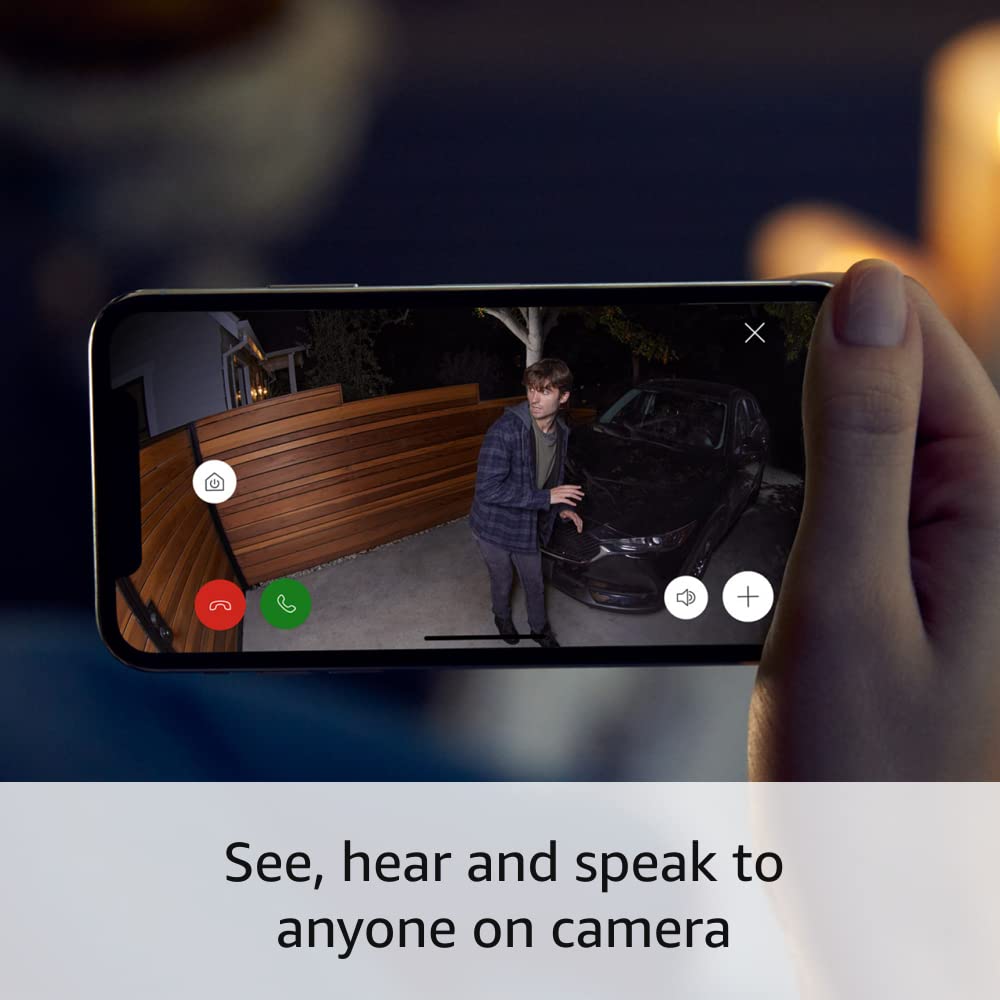
Plus, smart cameras and video doorbells can automatically record a short clip whenever motion is detected anywhere on your property. These videos are saved to the Cloud, so you can review them from anywhere and quickly share them with your friends, family, or local law enforcement.
Smart Home Security Vs Traditional: Professional Monitoring
You can get professional monitoring with a traditional security system or a DIY smart home setup. In both cases, you will have to pay extra for professional monitoring, and with a smart home setup, you need to make sure all your devices are compatible with each other.
For example, Ring offers 24/7 professional monitoring with its Ring Protect Pro plan for $20 a month. With this service, you’ll receive a call from the Ring Monitoring Center when your alarm goes off. If you confirm there is an emergency or you don’t answer the call, they can request emergency police, fire, and medical response to your home.

Ring also offers a Virtual Security Guard subscription, which provides professional monitoring for all events captured on your smart cameras. Once you put your security system in Away Mode, trained agents can monitor your property in real time. If they detect an intruder, they can talk to them through your smart cameras or call emergency services if needed.
So, a smart home security system can deliver a similar experience when it comes to professional monitoring. However, one difference is that you won’t have to sign any long-term contracts for your devices, and you can cancel your plans at any time.
Smart Home Security Vs Traditional: Sensors
Most traditional security systems only come with window and door sensors to alert you when someone tries to break in. Depending on the plan you choose, you’ll probably be limited to a few of these sensors, as well as a keypad and maybe a few other devices.
With a smart home security system, you can add as many sensors as you want, and there is a much greater variety. For example, Ring offers sensors that detect motion, the sound of glass breaking, flooding, freezing, smoke, carbon monoxide, and more. You can even get panic buttons to quickly sound your alarm and request emergency services at the same time.
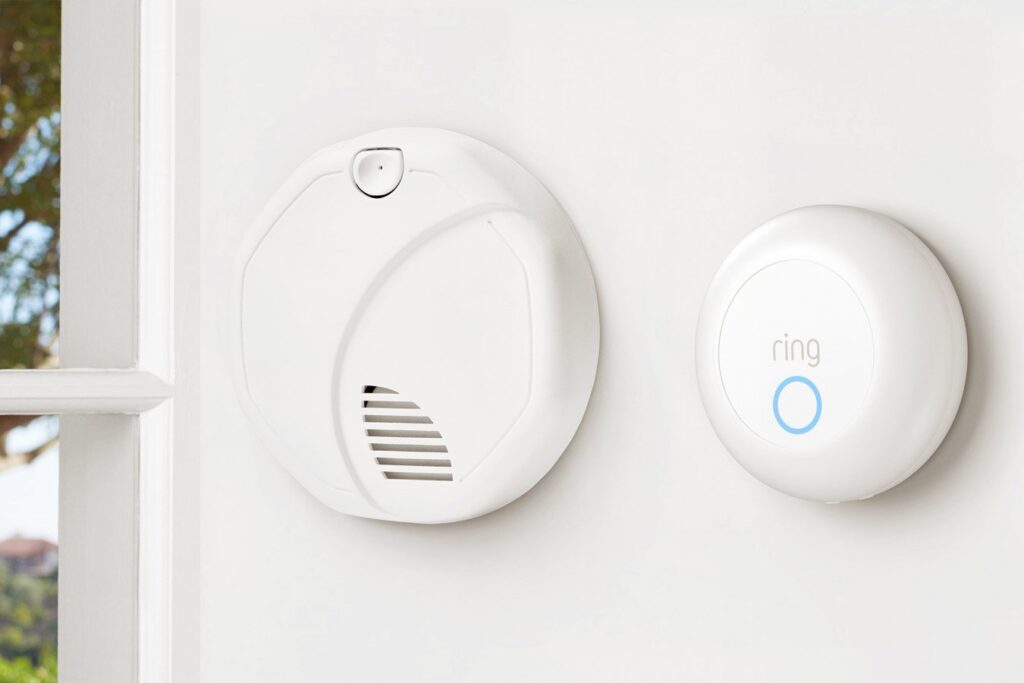
You can even customize your alerts, so you don’t get notifications every time a car drives by or the neighbor’s cat walks in your yard.
Smart Home Security Vs Traditional: Customization
Once you get a traditional security system installed, you don’t have many options to change anything unless you want to change your plan. But smart security systems allow you to add a new device anytime. Plus, you can customize a lot more settings with smart home devices, so they perfectly fit your home and lifestyle.
For example, Ring smart cameras and video doorbells all come with Customizable Motion Zones. These allow you to choose which parts of your property you want to receive motion alerts for. That way, you don’t get notifications every time a car drives down your street.
Read More: Ring Video Doorbell tips & tricks
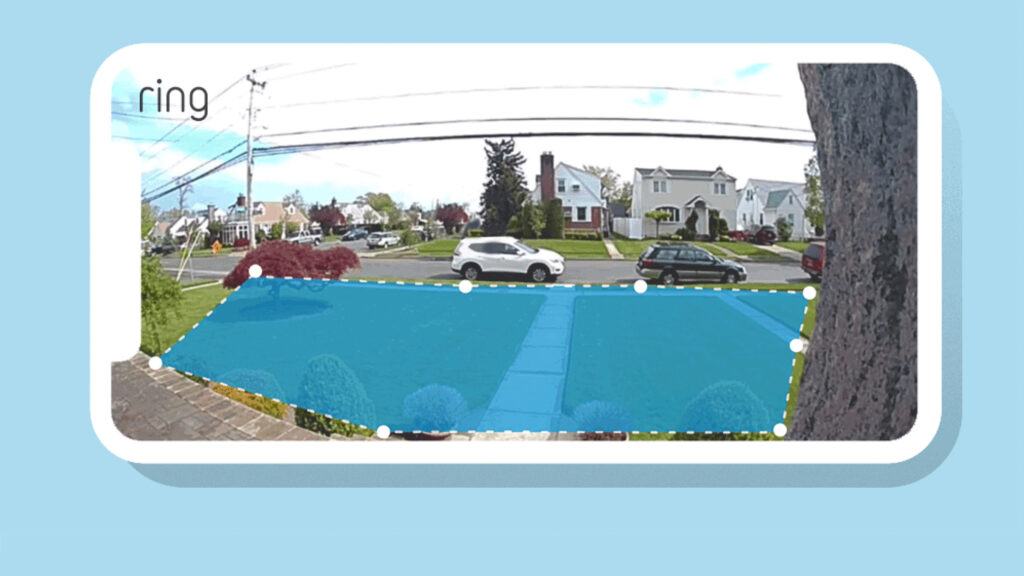
Other smart devices can also recognize the difference between people, vehicles, pets, and even packages. If you set everything up properly, your smart devices can recognize familiar faces, so you’ll receive different alerts when friends and family come to visit compared to strangers trying to break in.
Smart Home Security Vs Traditional: Installation
With a traditional security system, you have to get it installed by a professional, which can be expensive. On the other hand, smart home devices were designed for DIY, which means you can save a lot of money if you’re willing to take the time to install them yourself.
However, some smart home devices are more difficult to install than others. While you might be able to set up an indoor smart camera without trouble, some outdoor cameras come with floodlights, which require constant power. So, you’ll have to hardwire them up to your home’s electrical box, which can be dangerous.
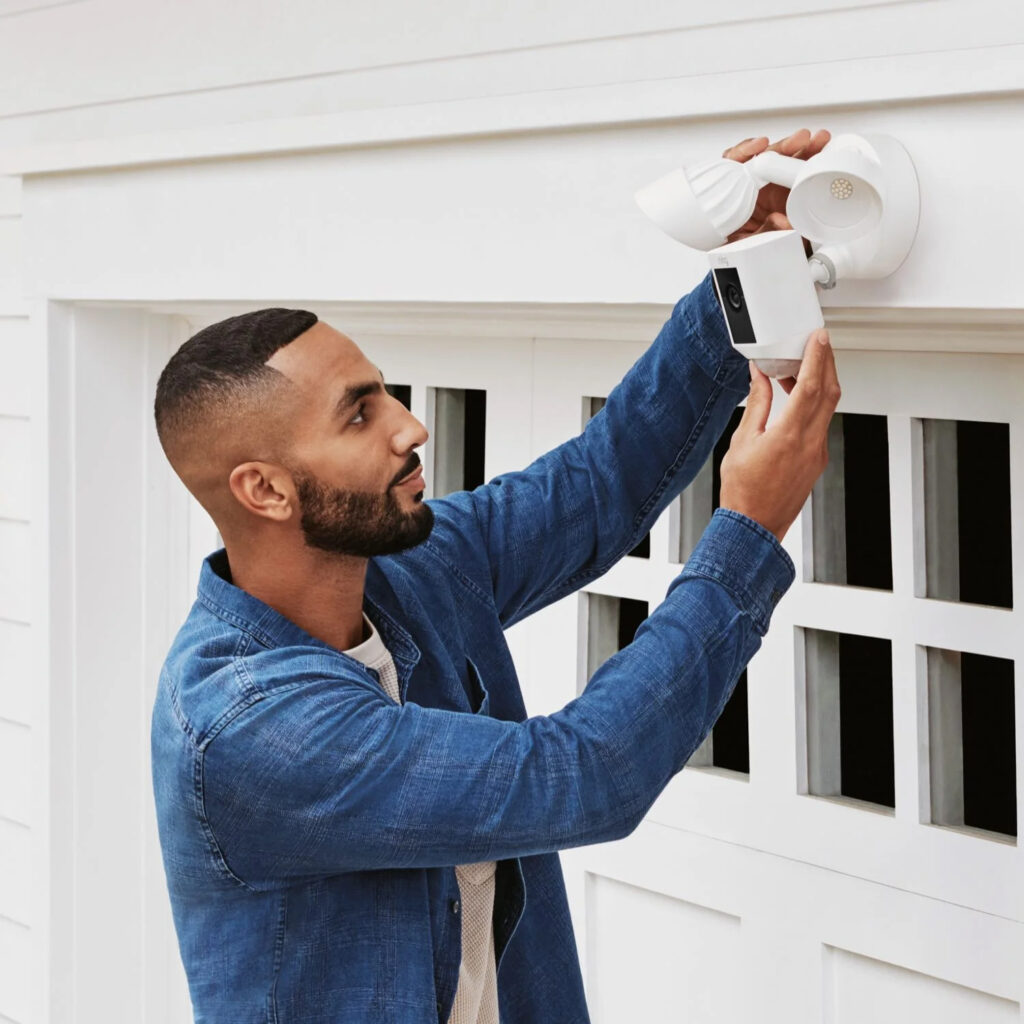
If you want the benefits of a smart home security system, but don’t want to hook everything up yourself, HelloTech can send a professional technician to your door as soon as today. We have thousands of experts across the country who can help you install any smart home security devices and connect them all together.
